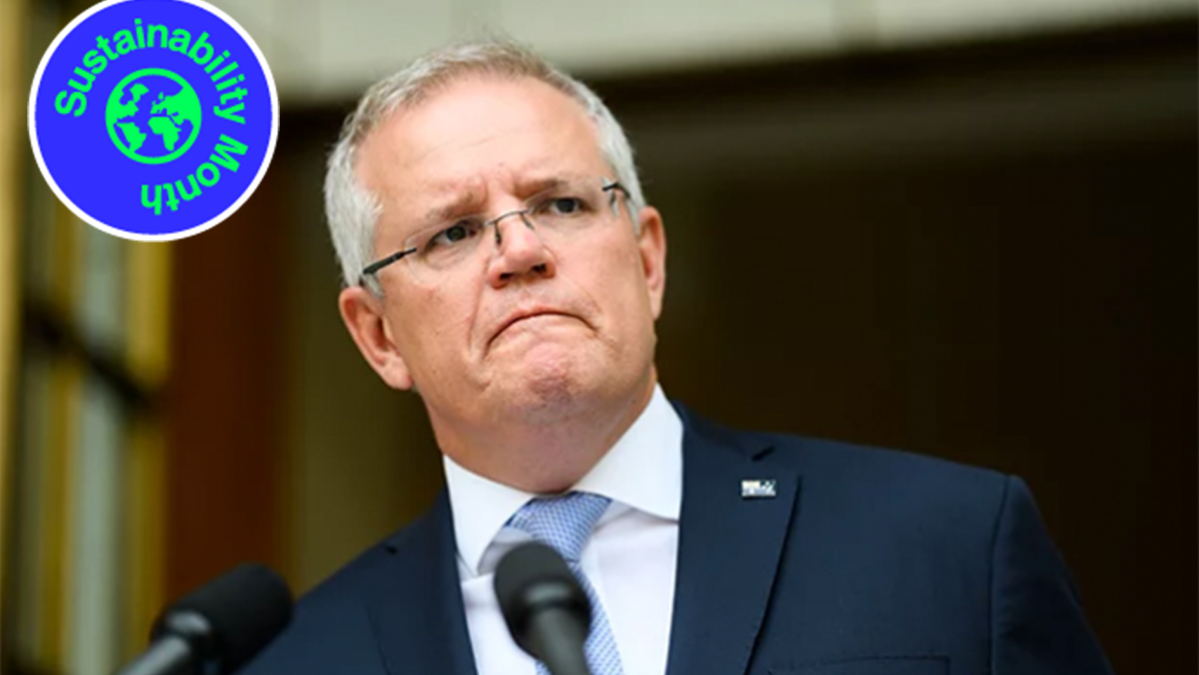
We all know it – Australia’s climate policy absolutely sucks. The Liberal Party won’t even commit to net zero emissions by 2050 – literally thirty years away, and trying to do even the bare minimum on the climate has toppled four Prime Ministers.
So, how the hell do we get anything done with no climate policy, and no election in sight? Well, the good news is climate action IS happening in Australia, whether Scott Morrison wants it or not. Most people already know about our biggest success story – South Australia and their renewable energy boom.
Due to an ambitious state government, South Australia is now powered by half wind and solar, and half by gas. Not a single piece of coal in sight. But this wasn’t a one off. There are lots of groups around the country making huge changes to push Australia towards a more sustainable future. There are solar and wind farms across the country, initiatives that turn our plastic waste into useable materials, and local councils changing the world.
Here’s what Australia is doing to fight back.
1. States Are Going Sustainable

Australia, when you think about it, is nothing more than a collection of states and territories. I know we went through that thing in 1901, but really – was it that good of an idea? More than half of the states and territories have their own renewable energy targets, and some are doing quite well at making them happen.
The ACT for example, has contracts in place for 100% renewable electricity – yep, the place where politicians spend all their time arguing about climate change is being run with renewables.
South Australia we already mentioned, and is on track to reach 100% renewables by 2025. Tasmania is blowing all the mainlanders away. The vast majority of their power comes from renewables already, and are likely to hit their target of 100% renewables by 2022.
Victoria and Queensland are less ambitious, but still doing something, with 50% renewable energy targets by 2030.
So, with all these states pledging (and acting) on lowering their emissions, why can’t the Morrison government commit? Whatever the reason (*cough-cowards-cough*), it does feel good to know that there is lots we can do more locally to help reel in our planet warming emissions.
2. Folks Are Making Roads From Rubbish
Although it’s often overlooked, around 8 percent of the world’s emissions is caused by cement. The chemical process itself creates carbon dioxide and finding sustainable replacements for roads, buildings, and pavements is going to have to happen sooner or later.
That’s why it’s so exciting that a 300 metre stretch of road in Craigieburn is made partly of shopping bags, glass bottles and reused asphalt pavement.
Called Tonerplas, the asphalt additive actually performs better than a regular old road when it comes to extreme temperatures and flexibility, plus it’s about the same price as a traditional asphalt.
There’s actually been a number of companies that have sprung up in the last few years to do something with our soft plastics – a product that is wrapped around everything in the grocery store, but can’t be traditionally recycled.
You might have seen the REDcycle bins near the entrances of Coles and Woolworths. They collect soft plastics to give to companies – one of them even creates Tonerplas.
3. There’s Heaps Happening In Solar Energy

When thinking about solar, many people think of the solar panels on top of family homes. Rooftop solar is a huge part of our renewable pie chart (thanks Kevin07!), but there’s another form of solar which is also vital for Australia’s renewables – solar farms.
Forget a couple of solar panels here and there – we’re talking literally fields of the stuff.
For example, Queensland company, Solar Q is currently building an absolutely enormous solar farm and battery storage facility near Gympie with the intention to eventually supply power to 15 percent of south-east Queensland.
The initial 350-megawatt facility will be open by 2021, but within four years is going to pump that up to 800 megawatts, which can power around 315,000 homes, making it the largest solar farm in Australia.
But it’s not alone – deep inside rural New South Wales, the equally ginormous Limondale Solar Farm is having the finishing touches places onto it. It’s a 349MW facility, and when it’s completed it’ll be the largest solar farm in Australia.
At least until Gympie is up and running.
What’s really cool here is that these are viable, economical projects. Solar power is a similar price to coal power, and it’s only going to get cheaper, so this is not the last solar farm you’ll see popping up around the country.
4. Local Governments Are Making Big Changes
Sydney, your lock out laws killed an entire cities nightlife, but your local government is surprisingly doing a lot to try to save the planet. As of the 1 January this year, every single City of Sydney owned property is being powered by wind and solar.
The same deal has been struck with the City of Newcastle. Local councils are also great at putting solar panels onto their buildings, and creating local initiatives to be better with the power we do use.
Yarra City Council in Melbourne has won awards for its sustainability, was one of the first councils in Australia to change all the bulbs in its streetlights to energy efficient ones, and has a huge number of rooftop solar panels and Tesla batteries. This is all part of a pledge taken by thirty-five city councils to take climate change into their own hands.
Climate Council, who organised the pledge, also released a report showing that 70 percent of the emissions reductions required to keep climate change under 2 degrees Celsius can be done at a local city level. This isn’t just a pipe dream.
So, although it would be a lot easier with a federal government that gave a shit about the climate and we still have a long way to go, there are ways to move the system forward without relying on Scotty from Marketing to make it happen.
Jacinta Bowler is a science writer and podcaster. She sometimes tweets at @jacinta_bowler.







